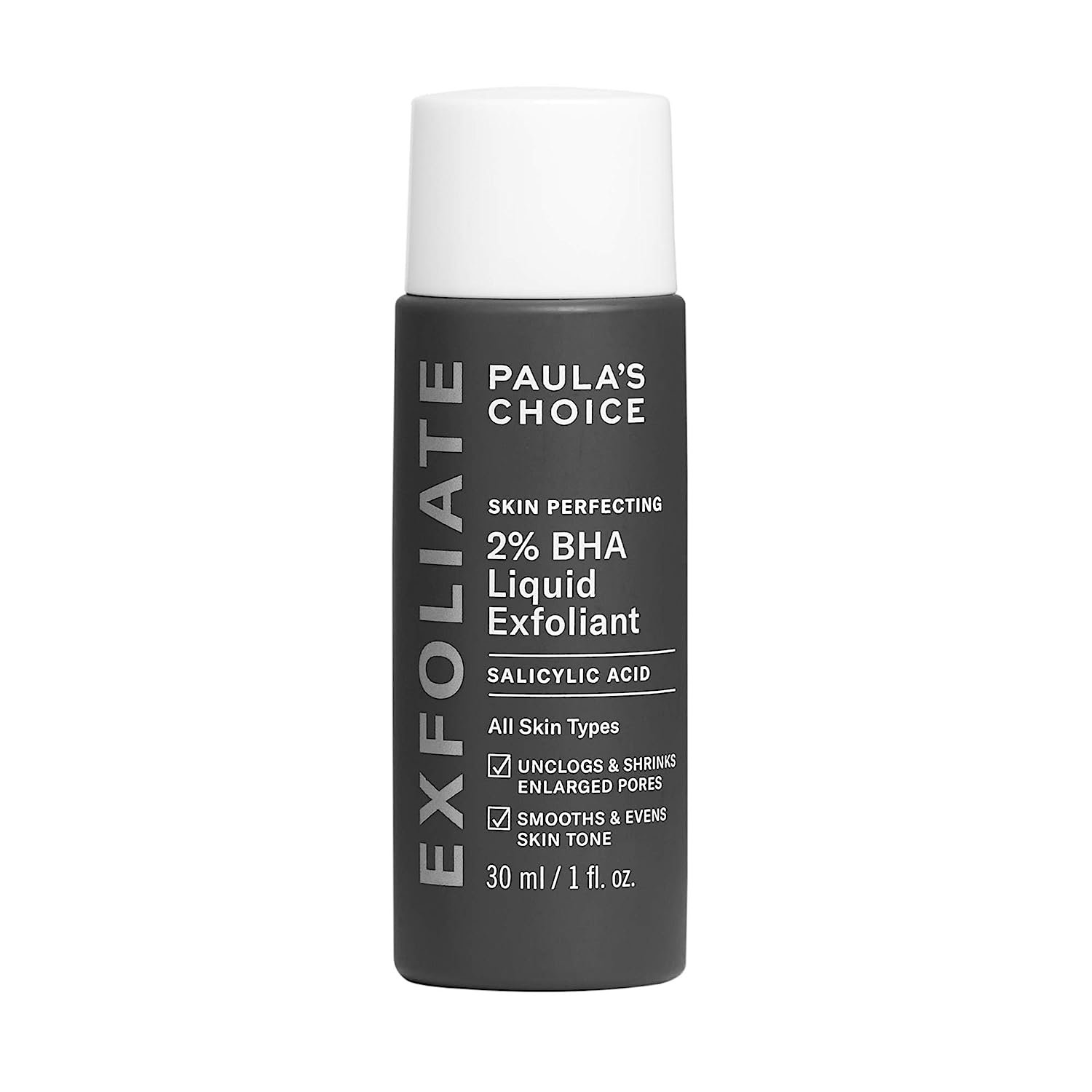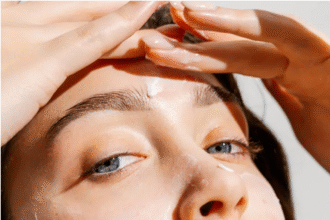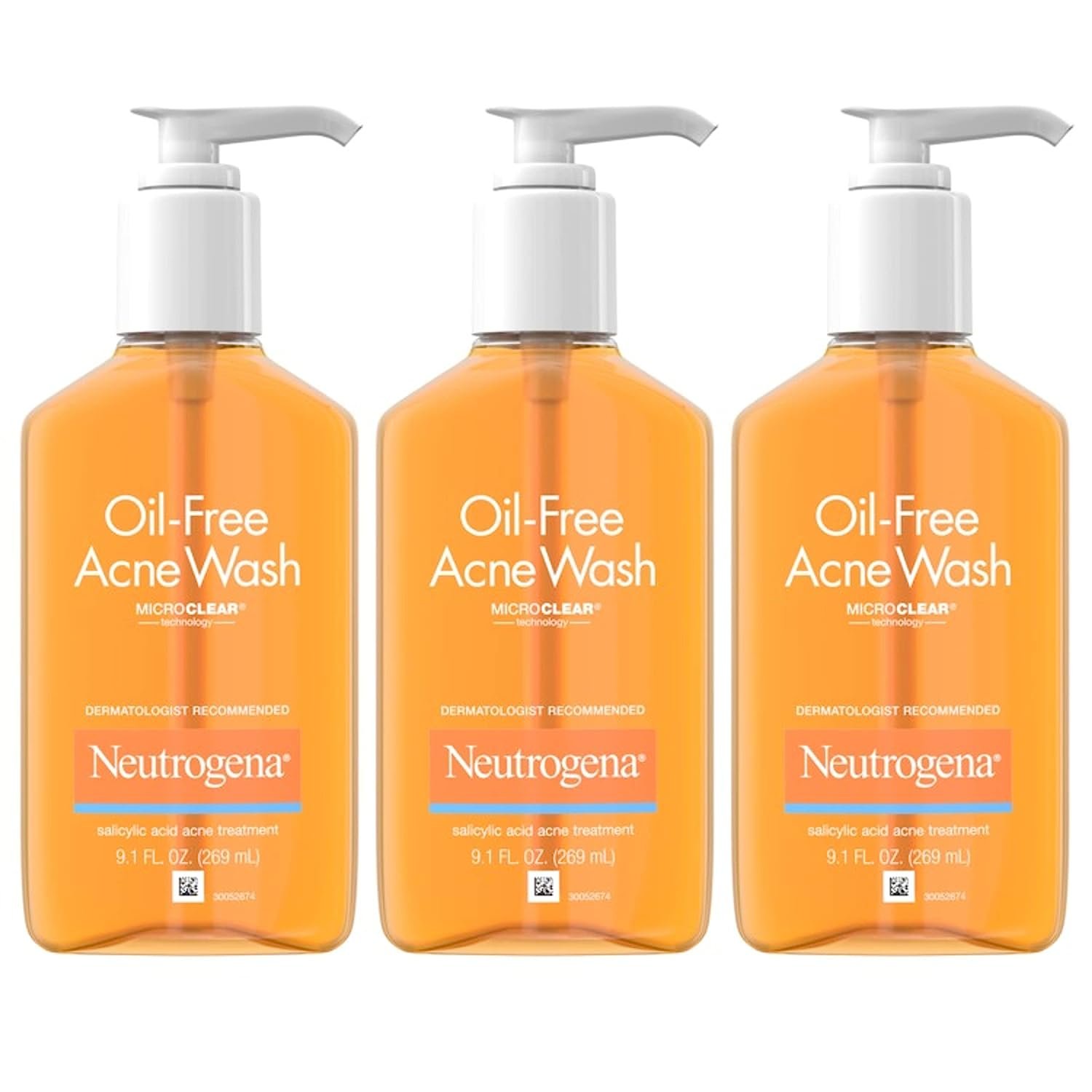Vitamin C is a classic skincare ingredient, renowned for its brightening, even-toned, antioxidant, and dark spot-lightening properties. However, many people fail to see the expected results after using vitamin C serum, evenly questioning whether they’ve been tricked or their skin has become immune to it. This may be due to common mistakes during use. Here are some common mistakes experts warn about, along with tips for using vitamin C serum correctly.
Beautician and facialist Cristina Galmiche notes, “While everyone knows they should include this active ingredient in their skincare routine, not everyone knows how to use it correctly.” Pharmacist Paula Cicuéndez also emphasizes, “Vitamin C is a crucial antioxidant that neutralizes free radicals, prevents cell damage, and enhances natural radiance. It also enhances the effectiveness of sunscreen, creating a more comprehensive barrier against photoaging.”
Common Mistakes and Solutions
1. Choosing the Wrong Concentration
Cristina Galmiche advises, “For pure vitamin C, the ideal concentration is typically between 10% and 15%. Sensitive skin may benefit from a milder formula. For fairly stable vitamin C derivatives, the effective concentration can vary greatly, but generally, 5% is sufficient to see results.”

2. Not Applying Sunscreen Afterward
Many people mistakenly believe that vitamin C shouldn’t be used in the summer due to concerns that it may cause dark spots. However, vitamin C is actually a powerful antioxidant that protects the skin from external aggressors such as the sun, pollution, and oxidative stress. However, vitamin C alone isn’t enough; sunscreen is also needed to effectively protect your skin from the sun.
3. Combining with other potentially irritating active ingredients
Vitamin C should be applied in the morning after cleansing, before sunscreen. It’s the perfect combination for protecting and strengthening the skin barrier. However, Cristina Galmiche warns, “Avoid using strong acids or exfoliants in the same skincare routine to avoid reducing your skin’s tolerance.”
4. Using expired or improperly stored products
Pure vitamin C can easily oxidize and turn a dark orange. Applying it to the skin can clog pores. Therefore, it’s crucial to use fresh and properly stored products.
5. Improper formulation

Paula Cicuéndez points out, “The problem with poor formulation selection is often the formulation itself. Not all forms of vitamin C are equally stable or effective, and products with the wrong pH or concentration may not be effective.” For sensitive skin, dermatitis, or untreated rosacea, avoid using high-concentration pure vitamin C and opt for products with a higher pH. In this case, it’s best to treat these symptoms first before supplementing with vitamin C.
6. Expecting Instant Results
Vitamin C isn’t an instant ingredient; it requires time and consistent use to work. Therefore, continuous use is essential, as results won’t appear in two or three days. Its purpose is to prevent and gradually improve skin texture. Typically, initial improvements, such as brighter skin and improved texture, are visible within three to four weeks.
Vitamin C is a powerful skincare ingredient, but its optimal effects require proper use. By avoiding the common mistakes mentioned above, you can better utilize vitamin C serums to achieve your skincare goals, such as brightening, fading dark spots, and providing antioxidant benefits. Remember, patience and persistence are key; the effects of vitamin C take time to manifest.








